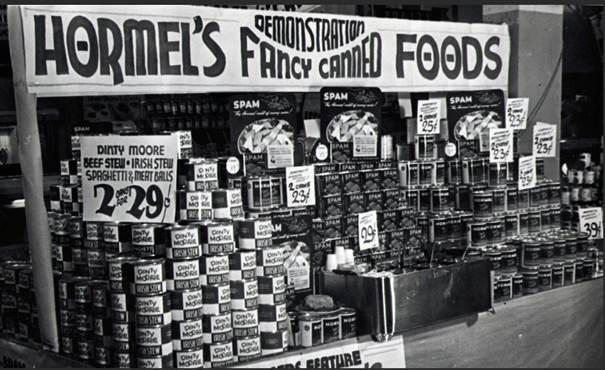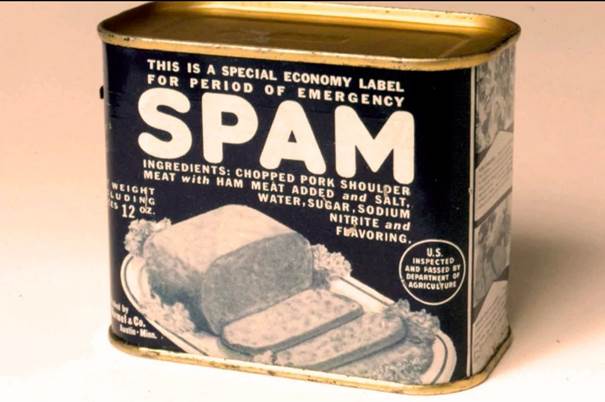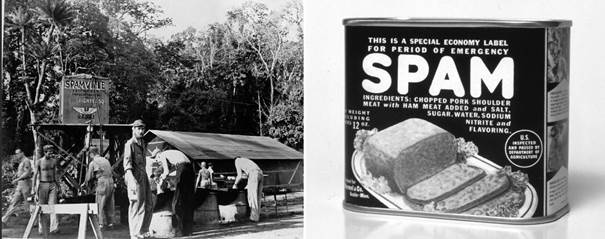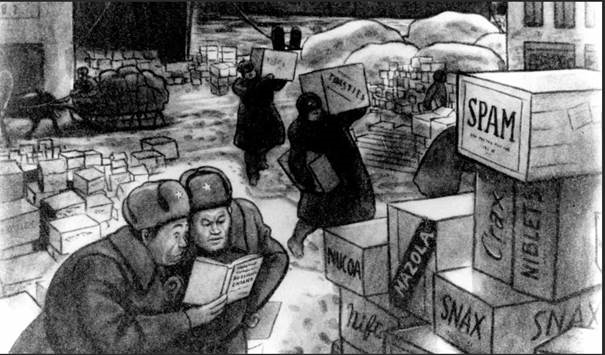What was inside the cans of canned food that the United States supplied to the USSR as provisions
As you know, during the Great Patriotic War, the Allies helped the USSR not only with equipment, weapons, various materials, but also with food. Including canned meat. Namely, ham and stew. But what exactly did they supply?
After the German attack, the USSR lost a lot of territory and was acutely short of almost everything, including food for the army. Stocks of canned meat were partially captured by the Germans during the offensive, and the rest were used up in the first year of the war. Soviet industry could not cope with the needs of the army, which was constantly growing in number.

That’s when Lend-Lease began to supply canned meat, including those known in the United States under the name SPAM, which was manufactured by HORMEL FOODS CORPORATION, as well as the no less famous KROGER company. These companies also produced canned food for the U.S. Army. They still exist today. And KROGER is the second largest supermarket in the United States. Well, at that time their capacity was not enough. So, of course, other manufacturing companies were also involved.

Since the Americans produced canned meat somewhat differently than in the USSR, Soviet specialists were sent to the United States with their own recipes to set up conveyor lines for the production of pork stew. That’s how it was written on the cans “Pork stew”. Each can contained: one pound of pork, lard, onions, spices (namely pepper and bay leaves). All. No chemicals. It is worth noting that the canned food supplied was of very high quality and the soldiers of the Red Army aptly nicknamed this stew “the second front”, long before this front appeared in reality.

In total, during the war, the Allies imported into the USSR more than two billion cans of canned meat with a total weight of six hundred and sixty-four thousand tons, which became a very good help for the reserves of the Red Army. American stew really helped the Soviet troops to feed themselves during the difficult war years and became a kind of symbol of that war. Due to difficulties with logistics, this stew remained in warehouses even after the victory, so it sometimes ended up on the table of ordinary citizens in the post-war years.

According to some versions, it was for this reason, as well as thanks to the servicemen who returned from the front, that such dishes as potatoes with stew, pasta with stew and soup with stew became popular among the people.
